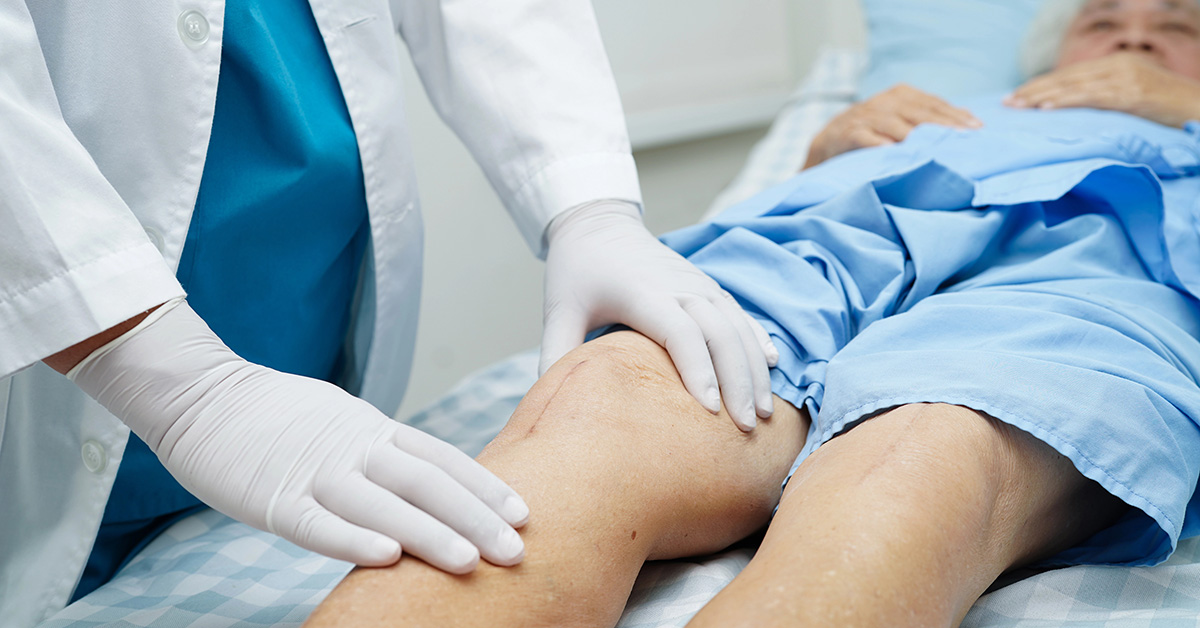
What are the side effects of peripheral nerve stimulation in the knee?
Peripheral Nerve Stimulation (PNS) has emerged as an effective treatment option for managing chronic knee pain, particularly for patients who have not found relief through conventional methods. While PNS can significantly improve quality of life by reducing pain and improving mobility, it is important to be aware of potential side effects. In this blog, we will explore the common and less common side effects associated with PNS in the knee, along with tips on how to manage them.
Common Side Effects
- Temporary Pain and Discomfort: After the implantation procedure, it is common to experience some pain and discomfort at the incision sites. This pain is usually temporary and can be managed with over-the-counter pain medications, ice packs, and rest. The discomfort typically subsides within a few days to a week.
- Swelling and Bruising: Swelling and bruising around the implantation site are normal post-surgery. These symptoms generally resolve within a week or two. Keeping the leg elevated and applying ice packs can help reduce swelling and bruising.
- Tingling or Numbness: Patients may experience tingling or numbness around the area where the electrodes are placed. This sensation, known as paresthesia, is usually mild and can decrease over time as the body adjusts to the device. If the sensation is bothersome, adjustments to the stimulator settings can often help.
- Infection: As with any surgical procedure, there is a risk of infection at the incision sites. Symptoms of infection include redness, warmth, swelling, and discharge at the site, as well as fever. It is crucial to follow post-operative care instructions and keep the incision site clean. If an infection is suspected, contact your healthcare provider immediately for appropriate treatment.
Less Common Side Effects
- Lead Migration: Lead migration occurs when the electrodes shift from their original placement. This can result in reduced effectiveness of the stimulator and a return of pain. If lead migration is suspected, a follow-up procedure may be required to reposition the electrodes.
- Device Malfunction: Though rare, the stimulator device or its components can malfunction. This might include issues with the battery, electrical connections, or programming. Regular follow-up appointments with your healthcare provider can help detect and address any device issues early.
- Allergic Reaction: Some patients may experience an allergic reaction to the materials used in the stimulator device or electrodes. Symptoms can include itching, redness, and swelling at the implantation site. If an allergic reaction is suspected, contact your healthcare provider for evaluation and potential alternatives.
- Nerve Damage: In rare cases, the implantation procedure can cause nerve damage, leading to increased pain, numbness, or weakness in the affected leg. If you experience these symptoms, it is important to seek medical attention promptly to address any potential complications.
Managing Side Effects
- Follow Post-Operative Instructions: Adhering to your healthcare provider’s post-operative care instructions is crucial for minimizing side effects and promoting healing. This includes keeping the incision site clean and dry, avoiding strenuous activities, and attending follow-up appointments.
- Communicate with Your Healthcare Provider: Open communication with your healthcare provider is essential for managing side effects. Report any unusual symptoms or concerns promptly to ensure they are addressed in a timely manner. Regular follow-ups allow for adjustments to the stimulator settings and early detection of potential issues.
- Pain Management: Use prescribed medications and recommended techniques, such as ice packs and elevation, to manage post-operative pain and discomfort effectively. Over-the-counter pain relievers can also help alleviate minor discomfort.
- Monitor for Infections: Keep an eye on the incision site for any signs of infection, such as increased redness, warmth, swelling, or discharge. Maintaining good hygiene and following wound care instructions can help prevent infections.
Peripheral Nerve Stimulation in the knee can provide significant relief from chronic pain, but it is important to be aware of the potential side effects. Most side effects are temporary and manageable with proper care and communication with your healthcare provider. By following post-operative instructions and attending regular follow-up appointments, you can minimize risks and ensure the best possible outcome from your PNS treatment. If you have any concerns about side effects, discuss them with your healthcare provider to develop a personalized plan for managing your knee pain effectively.
